“Winter is the perfect time to look after commercial air conditioning.”
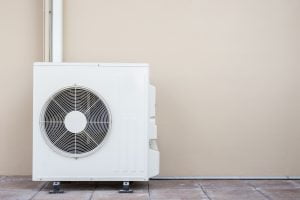 It might seem strange to talk about commercial air conditioning in Brisbane during the winter, especially when we’ve not long since suffered the coldest winter temperatures for more than 100 years, but if you have employees who feel unable to take their coat off in the office – the very ones who were continually sweating last summer – you are in need of some serious commercial air conditioning care now. Here are a few reasons why the winter is Brisbane is exactly the right time to tend to your commercial air conditioning:
It might seem strange to talk about commercial air conditioning in Brisbane during the winter, especially when we’ve not long since suffered the coldest winter temperatures for more than 100 years, but if you have employees who feel unable to take their coat off in the office – the very ones who were continually sweating last summer – you are in need of some serious commercial air conditioning care now. Here are a few reasons why the winter is Brisbane is exactly the right time to tend to your commercial air conditioning:
#1. AIR CONDITIONING IS FOR WINTER, TOO
There’s a popular misconception that air conditioning is a necessity only for summer. Our workplaces are like thermos flasks in reverse: without heat regulation they’ll keep us cold in winter and hot in summer. Opening doors and windows only adds a security risk when it’s hot: if there’s no air, then it’s a futile exercise.
In the winter, air conditioning is used to heat internal ambient temperatures. That means your employees will be working in the ideal environment all year round.
#2. WARMING A COLD OFFICE
Commercial air conditioning works in a number of ways. In the winter, a reverse cycle air conditioner simply reverses the process it uses during the summer. Instead of taking hot air from the inside, cooling it and circulating, the refrigerant can take heat form the air (even from outside, and even in winter) and use it to warm the office.
#3. REDUCED MAINTENANCE COSTS
Some employers believe that the winter is a time to reduce energy bills, and that air conditioning is a prime target. This could be a false economy. Leave commercial air conditioning turned off for a period of time and it could mean a larger bill when you turn it back on in the summer and find it’s not working effectively. By running during the winter, you’ll keep on top of maintenance more easily – and if there is any maintenance required, it’s unlikely to be an expensive and major overhaul.
#4. DRIVE A HOT BARGAIN IN THE COLD WEATHER
Most air conditioning companies are quieter in the winter, so this is an ideal time to make a purchase. May might be the best time to buy commercial air conditioning, but June and July are not far behind.
#5. HURRY TO BENEFIT FROM A BONUS EFTPOS CASH CARD
If you are considering investing in new commercial air conditioning, until the end of June Brisbane Air have once again partnered with Mitsubishi Electric to offer our clients a bonus Eftpos Cash Card worth up to $500. On top of this, our top-rated local and technical knowledge means we’re happy to offer a comprehensive 5-year warranty on all new commercial air conditioning installations.
By caring for your commercial air conditioning in the winter, you’ll not only benefit your employees, you’ll benefit your bottom line, too.
To find out how your business can benefit from commercial air conditioning designed to provide benefits every working day of the year, contact Brisbane Air today.
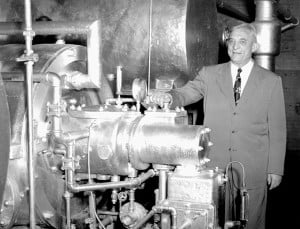 Throughout history, mankind has made continuous attempts to adapt to the physical discomfort of living in hot climates. From taking a nap in the shade to avoid the noon day sun, to creating architecture specifically designed to utilize our planet’s natural ventilation streams, the history of the human race is liberally sprinkled with examples of our desire to keep cool. Yet it is only in the last 100 years have we succeeded in developing mechanical systems that enable us to reach beyond simply taking advantage of our geographical situation to control our surrounding temperatures.
Throughout history, mankind has made continuous attempts to adapt to the physical discomfort of living in hot climates. From taking a nap in the shade to avoid the noon day sun, to creating architecture specifically designed to utilize our planet’s natural ventilation streams, the history of the human race is liberally sprinkled with examples of our desire to keep cool. Yet it is only in the last 100 years have we succeeded in developing mechanical systems that enable us to reach beyond simply taking advantage of our geographical situation to control our surrounding temperatures.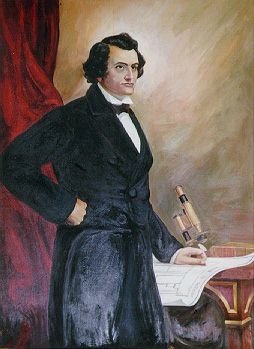
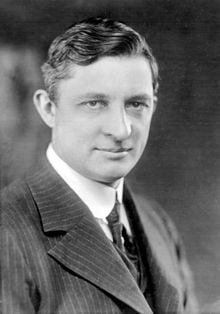 It was around this time that
It was around this time that 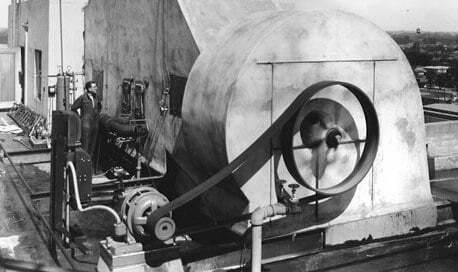 In 1924, The Carrier Company installed a trio of centrifugal coolers in the J. L. Hudson Department Store in Detroit, Michigan. The pleasing effect on shoppers was duly noted and air conditioning quickly became an integral part of any serious retailer’s marketing strategy. From there it did not take long for serving politicians to get in on the act. Between 1928 and 1930 the White House, the Senate and the House of Representatives were all equipped with cooling systems, as were many other government buildings across the country.
In 1924, The Carrier Company installed a trio of centrifugal coolers in the J. L. Hudson Department Store in Detroit, Michigan. The pleasing effect on shoppers was duly noted and air conditioning quickly became an integral part of any serious retailer’s marketing strategy. From there it did not take long for serving politicians to get in on the act. Between 1928 and 1930 the White House, the Senate and the House of Representatives were all equipped with cooling systems, as were many other government buildings across the country. For a long time, nothing really happens in the world of cooling units. And then in the 1970’s the introduction of home ventilation systems changes almost overnight the face of air conditioning forever. Specially designed units draw air from outside, waft it over cooling coils and blow it through the home.
For a long time, nothing really happens in the world of cooling units. And then in the 1970’s the introduction of home ventilation systems changes almost overnight the face of air conditioning forever. Specially designed units draw air from outside, waft it over cooling coils and blow it through the home.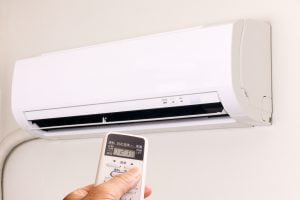 If you’re looking for commercial air conditioning, the month of May is the absolute best time of year to search. Here are a couple reasons why May is the best time to buy.
If you’re looking for commercial air conditioning, the month of May is the absolute best time of year to search. Here are a couple reasons why May is the best time to buy.


 If children complain about being unable to concentrate in class, one of the most likely causes is classroom temperature. Schools in which children regularly work in classroom temperatures of 28 degrees or higher may find themselves with lower than average examination results, and a problem with aggressive behaviour among their students!
If children complain about being unable to concentrate in class, one of the most likely causes is classroom temperature. Schools in which children regularly work in classroom temperatures of 28 degrees or higher may find themselves with lower than average examination results, and a problem with aggressive behaviour among their students!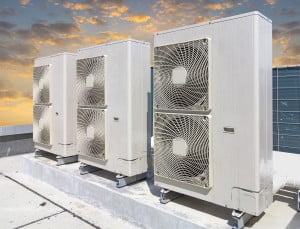

 While Willis Haviland Carrier is generally recognized as the ‘father’ of air conditioning, inventors have been fiddling around with the idea of cooling systems as far back as Benjamin Franklin.
While Willis Haviland Carrier is generally recognized as the ‘father’ of air conditioning, inventors have been fiddling around with the idea of cooling systems as far back as Benjamin Franklin.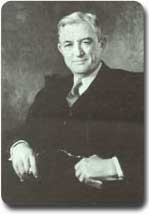 Willis Carrier first appears on the air conditioning scene in 1902. He invents an apparatus for treating air for a publishing company in Brooklyn, New York. Carrier’s machine blows air across cold coils thus controlling both temperature and humidity of the air inside the building. His device soon attracts the attention of factory owners and industrialists across the country and the Carrier Air Conditioning Company of America is born.
Willis Carrier first appears on the air conditioning scene in 1902. He invents an apparatus for treating air for a publishing company in Brooklyn, New York. Carrier’s machine blows air across cold coils thus controlling both temperature and humidity of the air inside the building. His device soon attracts the attention of factory owners and industrialists across the country and the Carrier Air Conditioning Company of America is born.